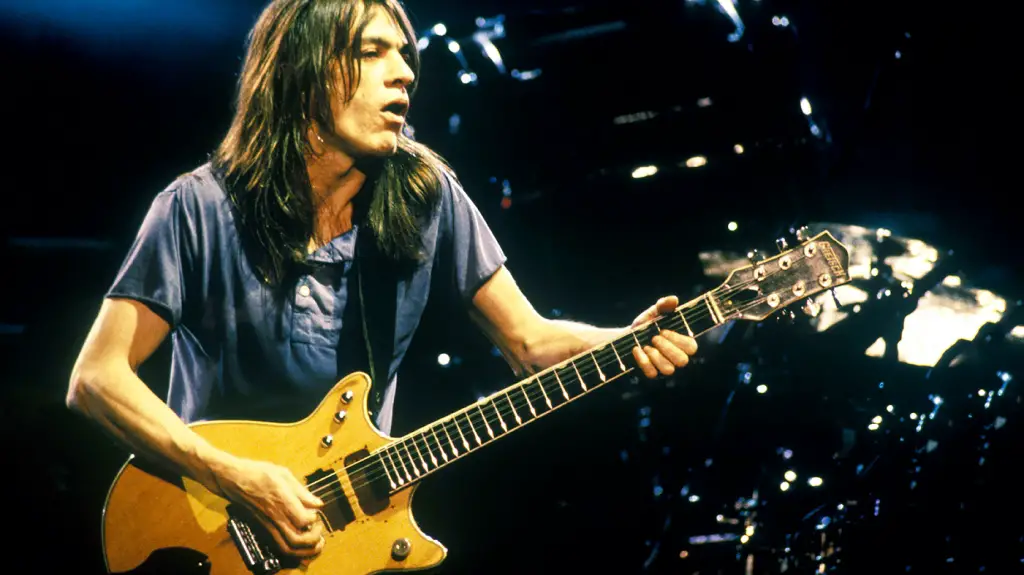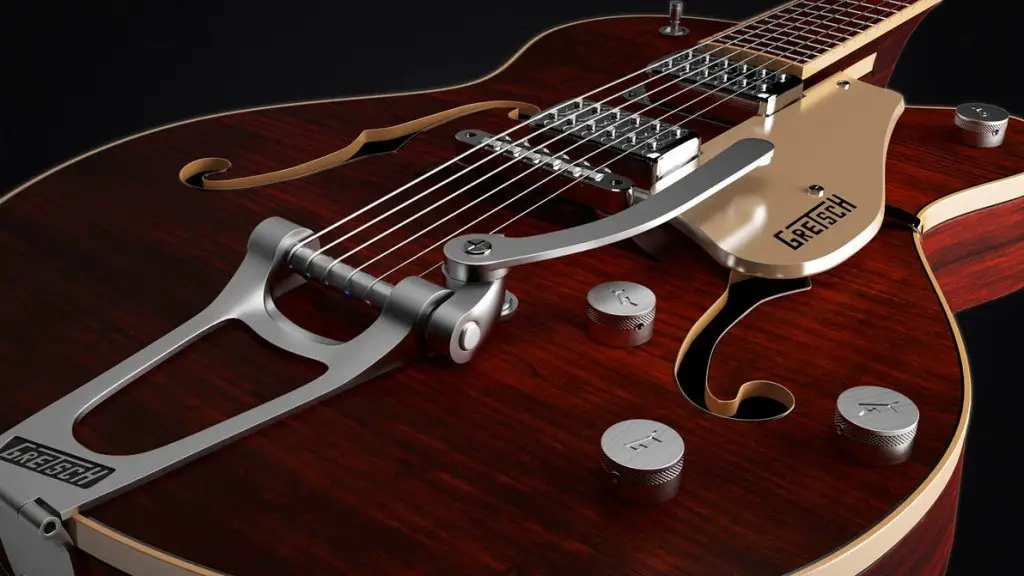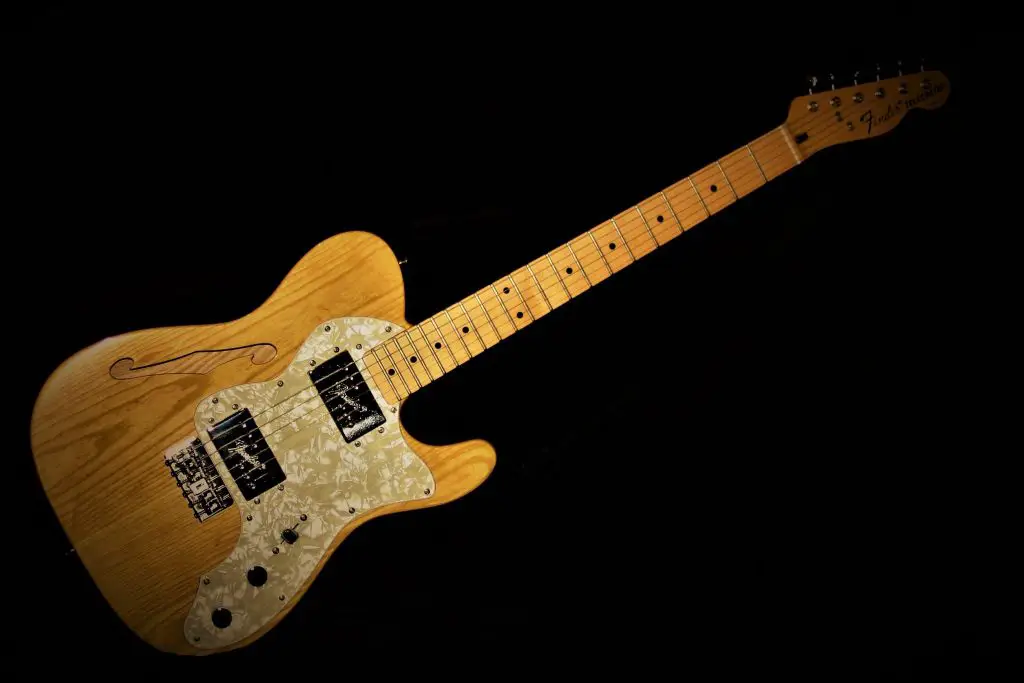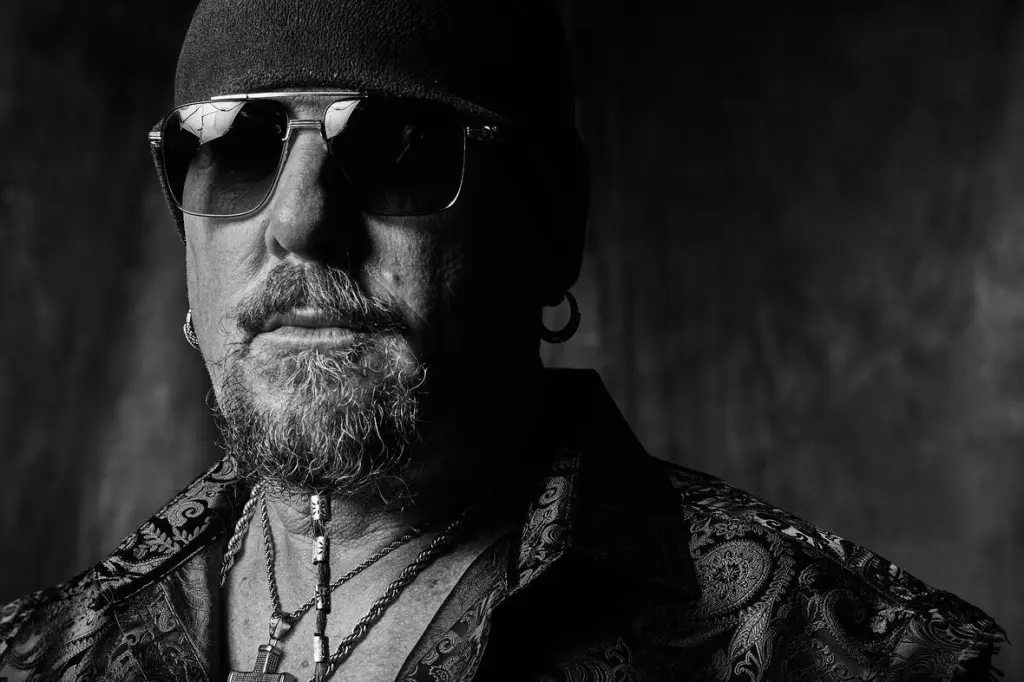All images courtesy of Getty Images

By Andrew Daly
andrew@vinylwriter.com

If you’re a fan of Rock music, then you’re probably familiar with Rhythm guitar. Oftentimes, Rock outfits feature two guitarists, although this is not always the case, for all intents and purposes this is the “traditional” setup if you will. While lead guitarists will generally receive most of the praise, credit, and attention, it’s the rhythm guitarists who keep the songs in check. Furthermore, rhythm guitar playing is arguably the most difficult aspect of guitar playing in general.
In theory, syncopated down strumming should be relatively easy to learn, and truth-be-told, if you’ve got a knack for guitar– it is. Still, why is it so hard to learn and master the seemingly simple rhythms of old Stones or Pixies songs? The reason is that rhythm guitar playing in particular is idiosyncratic. Sure, you can master the riff to Neil Young’s “Heart of Gold,” but you will never be able to play it in the infuriatingly particular way that Neil Young does, and that’s not because Neil Young is a virtuoso, it’s because Neil Young possesses something intrinsically inside of himself that is only singular, and idiosyncratic to him. No matter how hard you try, it will never sound the same. You’ll come close, but you’ll never quite get there.
It’s for this reason, and a million others that rhythm guitarists are incredibly important to music, especially Rock music. You can have an amazing solo but without a steady, driving, and memorable riff, you hardly have a song. So, today I am highlighting the blue-collar workers of some of your favorite bands. These stalwart workhorses of Rock music have created many of the most memorable songs in history. Their impact may be low ley on the surface, but their legacy is larger than life.

5) Kelley Deal – The Breeders
The Breeders are an incredibly important band within the canon of Alternative and Indie Rock music over the last thirty-odd years. While Kim Deal is predominantly known as the on and off-again bassist for the seminal Indie Rock band, The Pixies, it’s her work with The Breeders where she really shines. Understandably, when it comes to The Breeders, Kim is generally one who garners the most attention, but it’s her twin sister Kelley who over time has become more and more important to The Breeder’s sound and overall development as a band. So much so, that I argue that without the input of Kelley Deal, Kim Deal’s Breeders may have had trouble truly separating themselves from their deep-rooted ties to both The Pixies and Throwing Muses. Having said all of that, it’s incredible to think that Kelley didn’t even pick up the guitar until the age of thirty, and didn’t join The Breeders until 1992, at the age of thirty-one. Just a few short years after picking up the instrument, Kelley’s defining moment came with The Breeders’ 1994 Indie Rock masterpiece, Last Splash. Kelley’s arpeggio-laden, Punk and Surf Rock-inspired playing helped define a sound that would go on to be duplicated by many but mastered by only one, and that’s Kelley Deal herself. While Kelley Deal is no virtuoso, her playing, style, and songwriting are distinctive and her contributions to the genre carry a heavy reverence. In terms of influence, and The Breeders’ legacy, Kelley was a huge part of a watershed moment in 90s Indie Rock that simply cannot be duplicated.

4) Kristin Hersh – Throwing Muses
As far as women who shook up the world of 90s Indie Rock go, Kristin Hersh just about has it all. Her stream of consciousness delivery, coupled with her sometimes traditional, oftentimes jagged, dissonant, and aggressive rhythm playing are what have come to set apart her band, Throwing Muses, from the rest. While Throwing Muses was originally formed by both Hersh and her best friend, the also talented, Tanya Donelly, once Donnelly broke away, it was Kristin Hersh who took control of the band. Kristin Hersh’s work both with and without Donnelly is some of the finest of the genre. Albums such as House Tornado, Hunkpapa, The Real Ramona, Red Heaven, and University are essential to any 90s Indie Rock playlist, and Kristin Hersh’s angular guitar rhythms are front and center the whole way. Hersh’s emboldened, and chaotic style is often punctuated by extreme dynamic shifts, staggered by carnal rhythms that could only have come from the oblique, rage-laden mind of one of Indie Rock’s most mesmerizing figures. If you haven’t bared witness to Kristin Hersh’s surreal, anguish-filled style, I suggest you lend your ears to Throwing Muse’s venerable guitarist. She will not disappoint.

3) Johnny Ramone – The Ramones
Punk Rock guitarists don’t ever get any credit. Furthermore, Punk Rock playing as an art form is hardly ever appreciated. When it comes to The Ramones, it’s a tale we’ve heard endlessly. Four bums from Queens clad in leather and chains took the stage one faithful evening at CBGB’s and played 25 songs in 25 minutes, and the Rock world was shattered on impact. We all know the legend. We all remember the songs. However, what made The Ramones the quintessential Punk Rock group was their three-chord primitivism, which represented the absolute apex of their technical know-how and musical abilities at the time. In an attempt to literally wear some of his influences on his sleeve, or shoulder, Johnny Ramone armed himself with a cheap Surf-Rock Mosrite guitar and did literally the only thing he knew how to do, which was strum on the down-stroke. His over-the-top, drug-addled, intense personality resulted in him playing as fast as he humanly could, for as long as he possibly could during each short burst of a song. The true unintended brilliance of Johnny Ramone’s barbaric playing was his actual inability to make it through even a simple guitar solo. You may think me being ironic, or trite, but in truth, Johnny Ramone was a pioneer of Punk Rock and rhythm guitar playing. Though he never intended it, he ended up inspiring droves upon droves of imitators who ironically aspired to play as quickly, and simply as he did. It goes to show you that you do not have to be physically gifted with supreme talent to make an impact, or create meaningful, lasting art. Hey-ho – nobody could go like Johnny Ramone.

2) Malcolm Young – ACϟDC
When you think of ACϟDC rhythm guitar isn’t necessarily the first thing that comes to mind, but believe it or not, it’s the bulk of what you’re hearing. Few will remember that in its infancy, Malcolm Young was the lead guitarist for ACϟDC, and when Malcolm’s younger brother, Angus, joined the band, for a time they shared lead guitar duties before Malcolm turned the role over to his then-teenage brother full-time. While Angus Young deservedly gets an immense amount of credit for the success of ACϟDC, it’s Malcolm who was the group’s de facto leader up until his health-related departure and subsequent retirement from music in 2014. While rhythm guitar was an integral role in Rock music in the 50s and 60s, it was Malcolm Young along with a select few others who took great influence from unheralded Blues players of earlier eras and shined the proverbial spotlight on the importance of rhythm guitar in general as Rock moved through the 70s, 80s, and beyond. When it comes to style and sound, Malcolm Young had it in spades, and yet Malcolm kept it simple, by playing open chords through a series of Marshall amplifiers, set to low volume without high gain. Before Malcolm came along, most rhythm players took to loud, overdriven power chords, which do have their place, but can you honestly say there is a Hard Rock band with more power and force than ACϟDC? I think not. Many will label Malcolm Young as “repetitive,” and while there may be a hint of truth to that, Malcolm Young’s legacy and contributions to the evolution of Hard Rock, and Heavy Metal are indelible. His role as a rhythm guitarist and his songwriting partnership with his brother, Angus, ably guided one of the biggest Rock acts of all time, and produced legendary tracks such as “Problem Child,” Highway to Hell,” “Back In Black,” “Thunderstruck,” and dozens more. When it comes to Malcolm Young, detractors will say when they will, but the proof is in the pudding.

1) Keith Richards – The Rolling Stones
When it comes down to it, in terms of rhythm guitar, there can be only one, and that “one” is Keith Richards. Early on Keith was heavily inspired by the likes of Chuck Berry and Scotty Moore. As years when by, Keith honed both his signature sound and technique to go on to write some of the greatest songs in Rock history as a member of The Rolling Stones. When it comes to the Stones, Mick Jagger may be the voice, but Keith is the Stones. His direct, incisive, and unpretentious style is the reliable engine which still drives one of Rock music’s greatest bands nearly sixty years on. It’s well known that Keith Richards is an enigma wrapped in a miracle, somehow managing to be one of the most notable and flamboyant Rock Stars in history, all the while refusing to impart his flash and flare for the dramatic unto his playing. Keith’s ability to play under absolute control, while his life generally has resided in unadulterated chaos is part of what makes Keith Richards the true maestro of rhythm guitar. Keith is a master of playing off his counterpart, and his work alongside Brian Jones, Mick Taylor, and Ronnie Wood is nothing short of mythological. His distinctive, banjo-inspired, syncopated, ringing style, which he presents in various five-string opening tunings (he feels the sixth string gets in the way), can be heard on display during tracks such as “Street Fighting Man,” “Start Me Up,” “Brown Sugar,” and “Honkey Tonk Woman.” As far as the Stones, his rhythm playing, and his songwriting partnership with Mick Jagger go, Keith Richards is a pioneering innovator. The age-old image of Keith: scraggly, sweat-soaked hair, loose, tattered cloths, a leather jacket, worn leather boots, a smoldering cigarette dangling precariously from his lips, and a beaten-down Telecaster slung over his shoulder, hanging low below his waist was the definition of Punk Rock before there ever was such a thing, and still is the image by which Rock music has come to be defined by in any and all eras. All forms of Rock music and guitar playing, in general, would be irrevocably different if not for the influence of Keith Richards. In short, Keith Richards is a rare example of a Guitar God, who most people cannot even name even one single solo the man has laid to tape. If that’s not a perfect demonstration of the lasting importance of rhythm guitar in Rock music, I don’t know what is.
Throughout Rock history, there have been a great many guitarists who have come and go. Some left us too soon, and some perhaps stuck around for maybe a bit too long. As I mentioned earlier, oftentimes we tend to focus on what’s loudest, or what’s flashiest. It’s indeed easy to get swept up in an awe-inspiring solo, and truth be told, I like what the likes of Eddie Van Halen and Randy Rhoads did as much as anybody. Still, it’s important to remember that when it comes to Rock music, it’s about the song first and foremost, and you can’t have a song without a backbone…without rhythm driving it along.
Think about it…Ace Frehley is amazing, but KISS simply isn’t KISS without Paul Stanley revving the engine. How about bands like The Who, The Animals, The Doors, or Creedance Clearwater Revival? These are seminal Rock bands of their era who were entirely driven by rhythm guitar, nearly no soloing to speak of. On the Punk Rock side of things, you’ve got heroes like Steve Jones, Poison Ivy, Mick Jones, and Johnny Thunders who existed solely as rhythm guitarists, and that is what that music is defined by as well.
In short, the rhythm guitar keeps the train moving. It’s the foundation of the music we love. If you’re picking up the guitar for the first time, focus on your rhythm playing initially. You’ll be better for it in the long run. If you can’t speed shred or feel soloing isn’t for you, focus on barre chords, and playing around with open tunings. If you play your cards right, you might just be the next low-key rhythm player to help usher in a new wave of music. At the very least, you’ll be a part of a legion of lunch pail workers who keep Rock music anchored to his base, and there’s no shame in that.

– Andrew Daly (@vwmusicrocks) is the Editor-in-Chief for www.vwmusicrocks.com and may be reached at andrew@vinylwriter.com





Leave a Reply